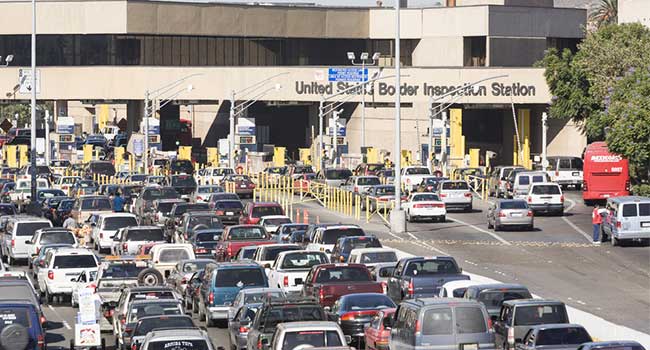
DHS Looks to Boost Border Security with Facial Recognition
The Department of Homeland Security is soliciting facial recognition technology that can passively scan the faces of people crossing the U.S. border by car.
- By Jessica Davis
- Nov 03, 2017
The Department of Homeland Security is soliciting facial recognition technology that can passively scan the faces of people crossing the U.S. border by car.
The Department of Homeland Security has posted a call for Land Border Biometric Exit Facial Recognition Verification Technologies. DHS is specifically looking for facial recognition technology that would passively scan the faces of travelers crossing land borders by car without requiring travelers to exit their vehicle or even stop. The ideal solution would successfully scan even if people are wearing hats or sunglasses or are looking away from the camera.
DHS’s goal through this technology is to improve infrastructure and speed of travel at land-based entry points while still facilitating identity checks. The biometric exit-tracking is designed specifically to track the movement of foreign nationals and ensure that the people who entry the United States are the same people who leave it. As such, the DHS also wants a solution that would anonymize any data that comes from scanning the face of a U.S. citizen leaving the country.
An industry day will be hosted in Silicon Valley on November 14 to further describe the DHS’s Silicon Valley Innovation Program and the department’s need for this technology, as well as show companies how to apply for funding.
About the Author
Jessica Davis is the Associate Content Editor for 1105 Media.